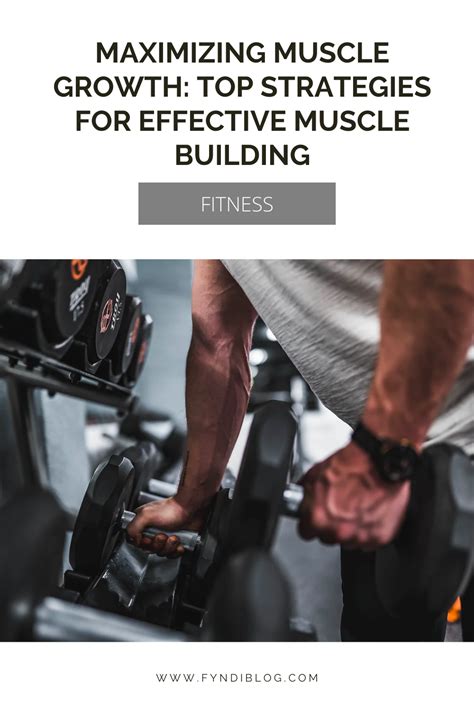Optimize body recomposition for lean mass & relentless peak performance?

The Ultimate Goal: Recompose Your Physique for Elite Function
For many fitness enthusiasts and athletes, the holy grail isn’t just to gain muscle or lose fat, but to do both simultaneously – a process known as body recomposition. This sophisticated approach to fitness aims to shed body fat while concurrently building or maintaining lean muscle mass, leading to a more athletic physique and, crucially, relentless peak performance. It’s a challenging but highly rewarding endeavor that requires precision, consistency, and a deep understanding of your body’s metabolic processes.

The Science Behind Simultaneous Transformation
Traditionally, fitness advice dictates bulking (caloric surplus to gain muscle) and cutting (caloric deficit to lose fat) as separate phases. Body recomposition, however, defies this by operating in a nuanced caloric window – often at maintenance or a slight deficit for overweight individuals, or a slight surplus for very lean individuals. The key lies in strategic macronutrient distribution, intense training stimulus, and adequate recovery to signal the body to prioritize fat for energy while preserving or building muscle.
Pillar 1: Intelligent Training for Muscle & Metabolism
Strength Training: The Foundation
Heavy, progressive resistance training is non-negotiable. It provides the primary stimulus for muscle protein synthesis, signaling your body that muscle tissue is essential and must be maintained or grown. Focus on compound movements like squats, deadlifts, bench presses, and rows, aiming for progressive overload (gradually increasing weight, reps, or sets over time).
Strategic Cardio: Enhancing Fat Loss
While often seen as a fat-burning tool, cardio’s role in body recomposition should be strategic. High-Intensity Interval Training (HIIT) can be effective for calorie expenditure and improving cardiovascular fitness without excessive muscle catabolism. Low-Intensity Steady State (LISS) cardio can also be incorporated to increase caloric deficit and aid recovery, but should not detract from strength training performance or recovery.

Pillar 2: Precision Nutrition – Fueling the Recomposition Engine
Protein: The Undisputed King
Adequate protein intake is paramount for body recomposition. It supports muscle repair and growth, enhances satiety (helping manage hunger in a deficit), and has a higher thermic effect of food (TEF) compared to carbs and fats. Aim for 1.6-2.2 grams of protein per kilogram of body weight.
Carbohydrates & Fats: Strategic Allocation
Carbohydrates fuel your workouts and replenish glycogen stores, critical for performance and recovery. Timing your carb intake around your training sessions can optimize energy levels and nutrient partitioning. Fats are essential for hormonal health and overall well-being. Focus on healthy fats and ensure they constitute about 20-30% of your total daily caloric intake. The remaining calories will come from carbohydrates, adjusted based on your activity level and individual response.

Pillar 3: Optimize Recovery & Mindset for Sustained Gains
Sleep: The Ultimate Performance Enhancer
Often overlooked, sleep is where the magic happens. During deep sleep, your body releases growth hormone and repairs muscle tissue. Chronic sleep deprivation elevates cortisol (a stress hormone), which can hinder fat loss and promote muscle breakdown. Aim for 7-9 hours of quality sleep per night.
Stress Management & Consistency
High stress levels can sabotage your efforts by increasing cortisol. Incorporate stress-reducing practices like meditation, mindfulness, or hobbies. Body recomposition is a marathon, not a sprint. Consistency in your training, nutrition, and recovery, coupled with patience, is far more effective than sporadic bursts of intense effort.

Integrating for Relentless Peak Performance
When executed correctly, body recomposition doesn’t just improve your aesthetics; it fundamentally elevates your athletic capabilities. By reducing non-functional body fat while maintaining or increasing lean muscle, you improve your power-to-weight ratio, enhance muscular endurance, and optimize metabolic efficiency. This translates to better performance in any sport or physical activity, from strength sports to endurance events, and even everyday physical demands. Furthermore, the disciplined approach fosters mental resilience and focus, contributing to overall peak cognitive function.

Conclusion: A Holistic Path to Your Best Self
Optimizing body recomposition for lean mass and relentless peak performance requires a holistic and integrated strategy. It demands diligent attention to progressive resistance training, precise macronutrient timing, adequate protein intake, and uncompromising dedication to sleep and stress management. Embrace the process, listen to your body, and adjust as needed. With a scientific approach and unwavering commitment, you can sculpt a body that not only looks powerful but performs at an elite, relentless level.









